Can Hemp heal our nation? Why not? It helped to found it....
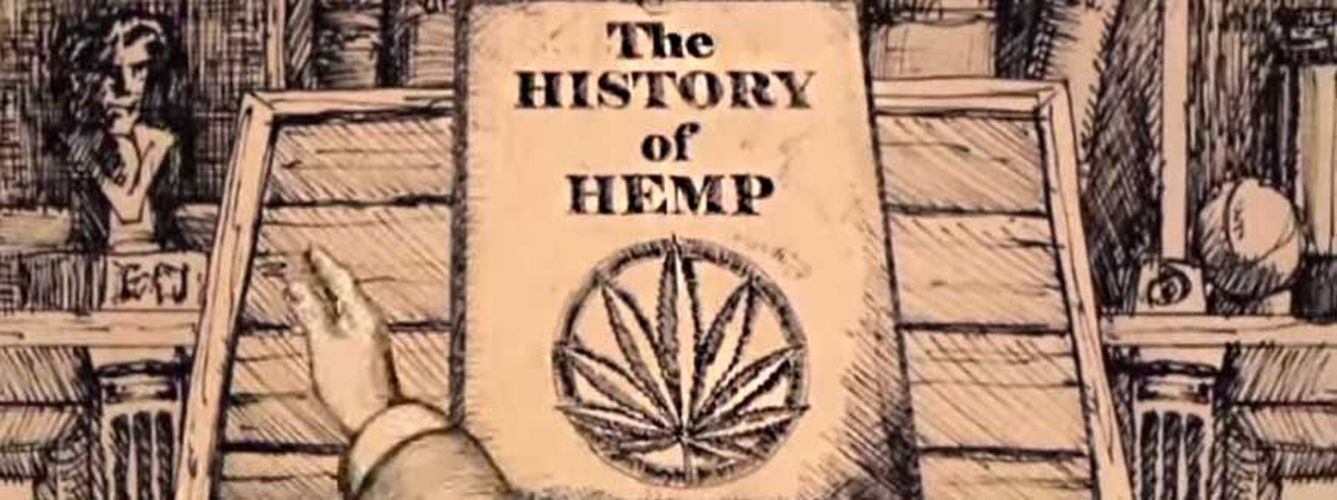
Can Hemp heal our nation? Why not? It helped to found it....
1632, Colonial Virginia: Just as this nation was beginning to take it's shape The Virginia Assembly declares that "every planter as soone as he may, provide seede of flaxe and hempe and sowe the same.” Soon after, Connecticut and Massachusetts courts follow suit. 17th century America saw a land filled with Hemp crops. Colonists and their ancestors used hemp to make clothing, shoes and paper. Eventually, Americans were exporting hemp to Europe where it was put to use making baggage, sails & tents. For over 200 years, Americans thrived off Hemp, it was even seen as an acceptable means of paying taxes! As relations between Britain and America became tumultuous, homegrown hemp was used to clothe, feed and protect our ground and naval troops as it was used to create everything from uniforms, to backpacks even food to nourish our soldiers.
When America won its independence from Great Britain at the end of the 18th century hemp continued to remain the backbone of our farming community. George Washington, Thomas Jefferson and Benjamin Franklin grew and used it. In fact, one of America’s first paper mills exclusively used hemp fiber, the very papermill that Franklin got the paper from in order to draft what would become our Declaration of independence. Without our use of hemp, this nation may not have ever taken form as successfully as it did, we may have never won our independence.
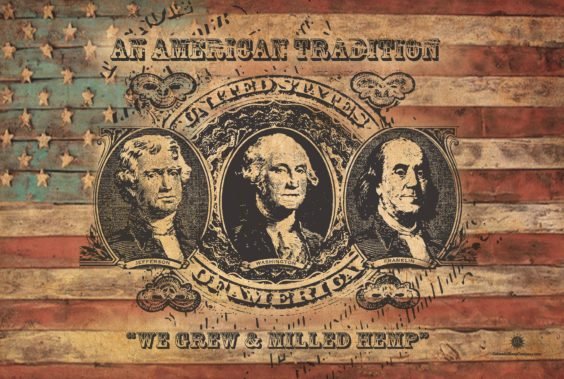
We didn’t stop there. Hemp remained a central part of “The American Way” all the way through the 19th century. Hemp farms stretched from coast to coast into Nebraska and eventually California. In 1841 Congress passed a law that the US Navy be REQUIRED to purchase hemp from domestic farmers in an effort to boost the war struck economy. In 1938, A Popular Mechanics magazine published that domestically grown hemp was at the time projected be worth over $1 billion (over $17 billion today’s standards).
So what happened?! 1938?! That was less than 100 years ago! Why and how was this plant demonized so quickly!? We can’t even convince some people that the opioid problem is real when people are dying in the streets every day but somehow American society was quickly programed to demonize hemp relatively overnight. How?
The Marijuana Tax Act of 1937
Suddenly, somebody or somebodies in some back room in washington decided to criminalize cannabis. While Hemp wasn’t criminalized, licensing and regulation was turned over to the Department of Revenue who decided to add a $100 transfer tax on any and all domestic hemp trade. In today’s economy, that would equate to over $1,760 per sale! Faced with the reality that the cost of doing business outweighed the ability to prosper, thousands of hemp farms were replaced with cotton, wheat or and other crops.
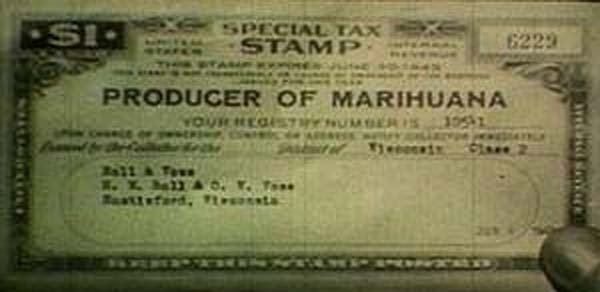
Around that same time we saw the birth of a global synthetic fiber industry. Lower quality fibers could be imported at cheap prices and the demand for high-quality hemp fiber declined. I can’t speak for everyone, but I personally don’t believe in coincidence. America ended up funneling money to other countries for these cheap fibers and our economy began to slowly decline. Seems like an irresponsible decision to make less than 10 years after the great stock market crash of 1929.
Funny, we fought so hard for so many years to declare our independence from the “unfair” takes of the British monarchy only to eventually become guilty of the same tyrannical taxation we literally died to break free of. What happened to the spirit of those participating in the Boston Tea Party demonstrations?
Hemp For Victory!
By 1941, in the midst of WWII the government realized it may have made a mistake, but far be it for our government to admit that. Hemp cultivation efforts were resurrected as Japan began to cut off trade with America. By this time, hemp crops had already been decimated so the government launched “Hemp for Victory” a national campaign that included the distribution of 400,000 pounds of hemp seeds to domestic farmers. Hold on? Where did they have 400,000 pounds of seeds laying around?! Curiouser and curiouser???
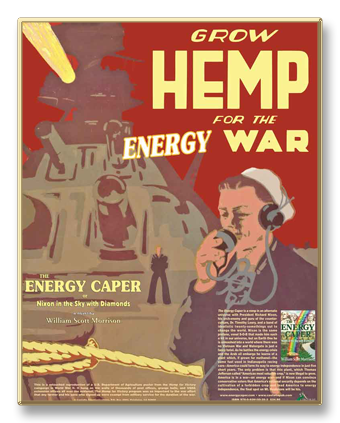
As they historically have, America’s farmers delivered producing an annual average of 42,000 tons of hemp between 1942 and 1946, they revived the industry in a matter of just a few years! However, as soon as the war ended the tax was reinstated and the industry crumbled once again as the nation went back to synthetic fiber imports. So much for that whole “Buy American” campaign.
The Rise of Reefer Madness
Fast forward to the 1970’s when congress passes the controlled substance act regulating all cannabis including industrial hemp. How dare we make clothing, food and fuel in a self sufficient manner?! The government classified cannabis, hemp and all extracts of the plant as a schedule 1 substance.
“Schedule I drugs, substances, or chemicals are defined as drugs with no currently accepted medical use and a high potential for abuse. Some examples of Schedule I drugs are: heroin, lysergic acid diethylamide (LSD), marijuana (cannabis), 3,4-methylenedioxymethamphetamine (ecstasy), methaqualone, and peyote”
So that means the government is of the opinion that Cannabis is more dangerous than cocaine, methamphetamine, methadone, hydromorphone (Dilaudid), meperidine (Demerol), oxycodone (OxyContin), fentanyl, Dexedrine, Adderall, and Ritalin. This was the 1970’s and medical research was not as in depth or advanced as it is now so maybe “they” just didn’t know right?
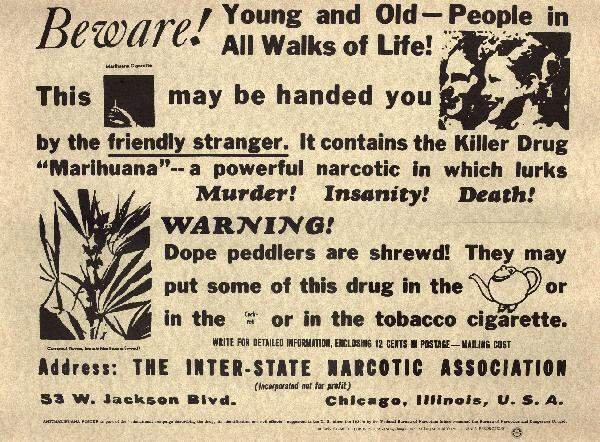
Hemp Makes a comeback
On the afternoon of February 2nd 2001, less than 30 years after criminalizing Cannabis, the US government granted the Health department patent no. 6630507 declaring the medicinal benefits of cannabis. Perhaps they thought the public wouldn’t notice but did they ever? Activists and attorneys got to work fighting for transparency and freedom and eventually, in 2004, the 9th district court of appeals declared that the DEA had absolutely ZERO authority to regulate every aspect of the hemp plant. Certain parts of the hemp plant like seed, fiber and oil were taken out of the language officially separating Hemp from Cannabis. This only allowed for the import of of those compounds however. Again, Why do they continue to send our resources to other nations?
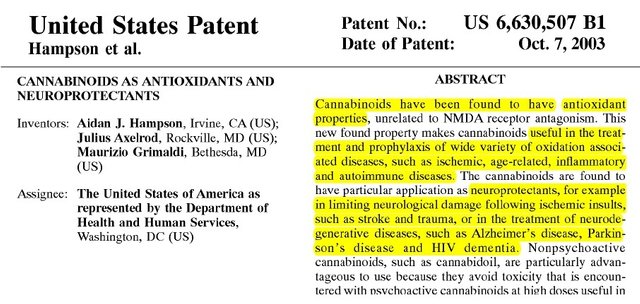
You’d think after declaring those compounds to be legal for use in the US that surely they could be manufactured here right?! Not so! In fact, it took over a decade for the government to put the language into a 2014 farming bill. Instantly, farmers in Kentucky responded harvesting it’s first industrial hemp crop in more than 70 yars. The revival had begun. In 2015, the total amount of hemp products sold in the US was a staggering $573 million, but somehow, that same year, another $500 million was spent importing hemp seed, oil and fiber. What am I missing here? in an age of “Made in the USA” how can this be OK?
Currently, only 16 states have legalized hemp for industrial purposes, yet 29 states have legalized cannabis at least on a medicinal level. It think it is imperative that those 29 states all respond with the immediate passing of industrial hemp laws. They’s acknowledged we can heal our bodies through cannabis, it’s time to heal our environment through hemp. There is an island of trash and non biodegradable materials 2x the size of Texas floating in the pacific ocean and here we’ve had the solution, already well known to us throughout history right at our fingertips. Hemp, a 100% biodegradable plant who’s roots grow so deep it’s able to pick up nutrients in the soil that other plants can’t get to. Is that nature telling us something? perhaps an analogy to how deep rooted Hemp is in our history as human beings in general NOT just Americans?
Is it possible that hemp could heal the world? It’s a broad statement for sure. Considering the economic impact, environmental impact and social impacts we’ve seen so far, do you think it’s rash to make that sort of claim at this point? Could we possibly re-establish perfect homeostasis in our environment if hemp were to experience a global revival?